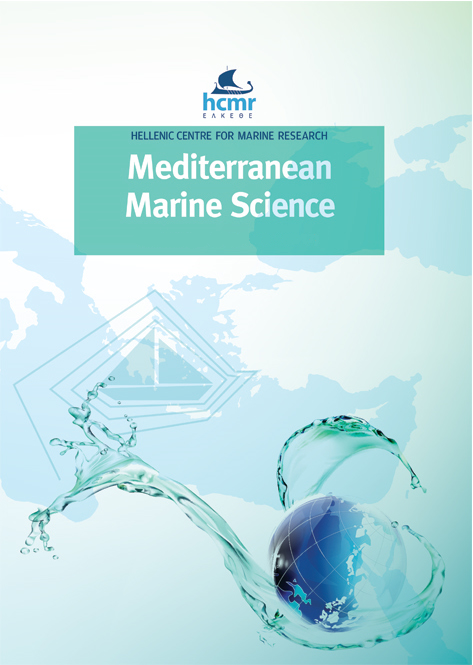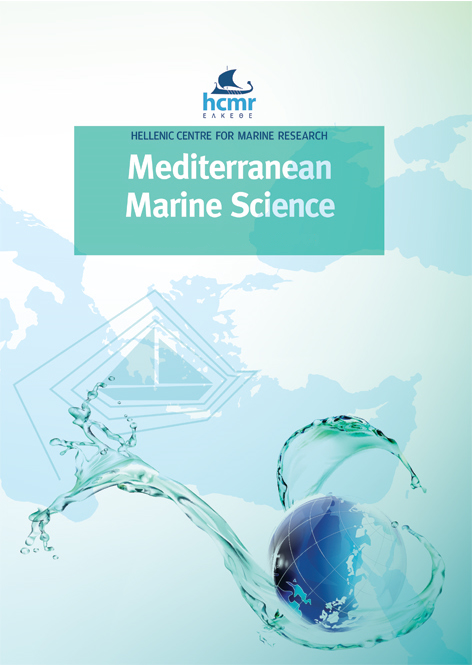Different patterns of population structure and genetic diversity of three mesopelagic fishes in the Greek Seas

Περίληψη
Mesopelagic fishes are among the most abundant groups of vertebrates on Earth. Despite their unique biological and ecological traits, research in this group has been particularly scarce. The present study investigates the intraspecific genetic diversity of three mesopelagic fishes (Hygophum benoiti, Maurolicus muelleri, and Benthosema glaciale) in the Greek Seas. Analyses of three mitochondrial DNA genes (COI, 12S, and 16S) from a total of 168 samples revealed a lack of genetic structure for M. muelleri and B. glaciale across the studied area. However, H. benoiti specimens from the Corinthian Gulf were differentiated from the rest of the populations, suggesting that the limited connection between the Corinthian and neighboring seas may act as a barrier to gene flow. Furthermore, the COI data of this study were co-analyzed with publicly available sequences, demonstrating lack of phylogeographic structure for all three species through their distribution range. Therefore, even though indications of genetic differentiation were observed, the three mesopelagic fishes are generally characterized by genetic homogeneity, which may be the result of their recent evolutionary history.
Λεπτομέρειες άρθρου
- Πώς να δημιουργήσετε Αναφορές
-
SARROPOULOU, X. ., TSAPARIS, D. ., TSAGARAKIS, K. ., BADOUVAS, N. ., & TSIGENOPOULOS, C. S. (2022). Different patterns of population structure and genetic diversity of three mesopelagic fishes in the Greek Seas. Mediterranean Marine Science, 23(3), 536–545. https://doi.org/10.12681/mms.28567
- Ενότητα
- Research Article
Authors who publish with this journal agree to the following terms:
- Authors retain copyright and grant the journal right of first publication with the work simultaneously licensed under a Creative Commons Attribution Non-Commercial License that allows others to share the work with an acknowledgement of the work's authorship and initial publication in this journal.
- Authors are able to enter into separate, additional contractual arrangements for the non-exclusive distribution of the journal's published version of the work (e.g. post it to an institutional repository or publish it in a book), with an acknowledgement of its initial publication in this journal.
- Authors are permitted and encouraged to post their work online (preferably in institutional repositories or on their website) prior to and during the submission process, as it can lead to productive exchanges, as well as earlier and greater citation of published work (See The Effect of Open Access).







